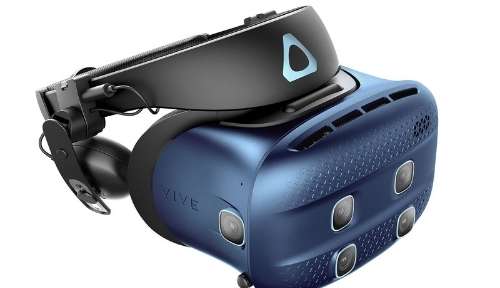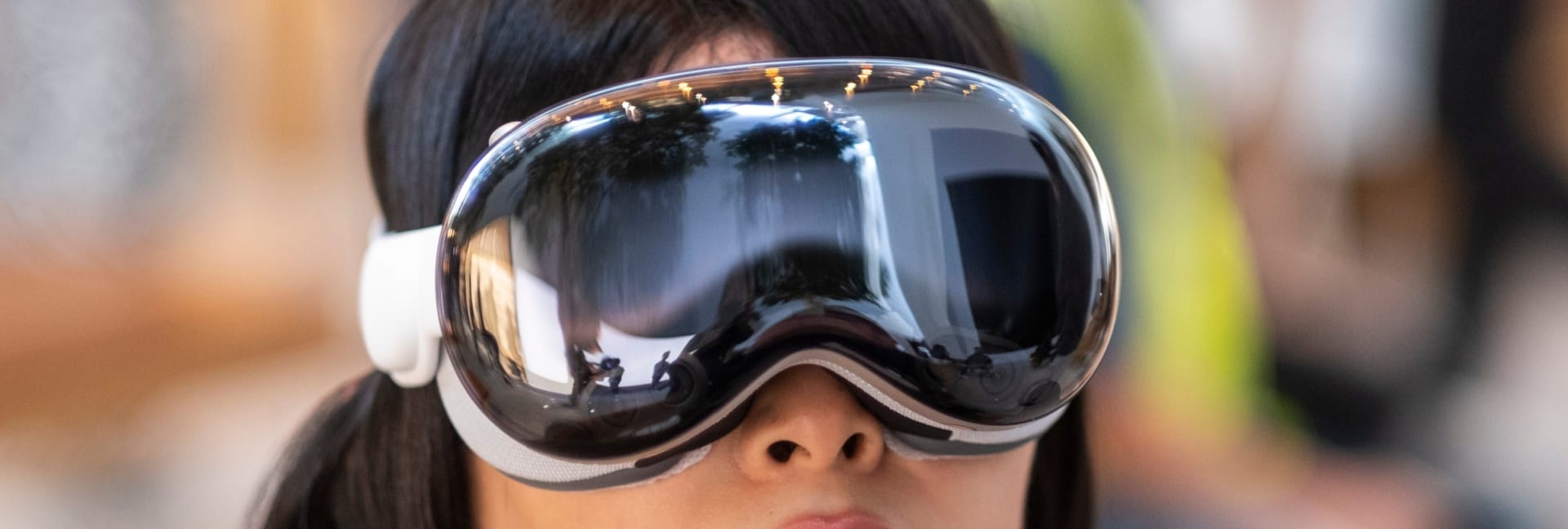This is a popular question: how did virtual reality begin which is often accompanied by who invented it and/or came up with the term virtual reality.
The issue of who coined the term virtual reality as well as who invented virtual reality is discussed as two separate articles. This articles looks at where it all began.
Virtual reality is considered to have begun in the 1950’s but early elements of it can be traced back to the 1860’s and long before the development of digital technology.
Early artistic examples of virtual reality
An example of this is large, 360 degree murals which enabled the observer to engage with the artwork on a simple level. Further artistic examples could be found in the avant-garde work of French playwright Antonin Artaud who considered illusion and reality to be one and the same. He argued that a theatre audience should suspend their disbelief and consider the performance to be reality.
Early simulation device
Fast forward to the 1920’s and the development of the world’s first flight simulator by Edwin Link. This was designed as a training device for novice pilots.
The Sensorama
This is followed by the first type of multimedia device in the form of an interactive theatre experience, devised by Morton Heilig, and known as the ‘Sensorama’. This early form of virtual reality was invented in 1957 but was not patented until 1962.
The Sensorama consisted on the following elements:
- A viewing screen within an enclosed booth which displayed stereoscopic images.
- Oscillating fans
- Audio output (speakers)
- Devices which emitted smells
The viewer would sit on a rotating chair which enabled them to face this screen. They would be shown these stereoscopic images which gave the illusion of depth and the ability to view something from different angles.
The first head mounted display
The first head mounted display (HMD) was developed around this time by engineers at Philco Corporation. This was entitled ‘Headsight’ and was designed to be used by helicopter pilots who needed to be able to see their surroundings whilst flying at night.
In 1968 Ivan Sutherland created the Ultimate Display: a head mounted display (HMD) attached to a computer which enabled the wearer to see a virtual world. But the sheer weight of this display meant that it had to be attached to a suspension device.
The first interactive map
The 1970’s saw the development of the first interactive map of Aspen, Colorado by researchers at Massachusetts Institute of Technology (MIT). This was an innovative form of multimedia which enabled people to walk through the town of Aspen.
Virtual reality and HCI
Step forward to the 1980’s where virtual reality was used on projects for NASA as well as research into new forms of human-computer interaction (HCI). This was carried out by Dr Michael McGreevy – an authority in this field and several other spheres who developed some innovative virtual reality systems.
Virtual reality in the 1990’s
A further boost to the virtual reality profile came in the form of Jaron Lanier who raised public awareness of this new form of technology. He along with Tom Zimmerman marketed a range of virtual reality gear in the 1990’s.
Virtual reality continued to be popular throughout the 1990’s but the hype surrounding this technology had an adverse effect and led to a decrease in its popularity. Many people felt that virtual reality had not delivered on its early promises and as a result, they started to lose interest.
Virtual reality and the present day
Researchers, technologists and anyone else working in the field of virtual reality is all too aware of the dangers of hype and as a result, have tended to downplay its capabilities.
They often avoid the term ‘virtual reality’ in preference to ‘virtual environment’ which has a less negative connotation.
But there are numerous ways virtual reality can be used and to our advantage. These are discussed in a series of individual articles in the applications of virtual reality. if it undergoes several alterations as part of the design process.







